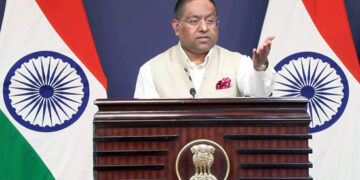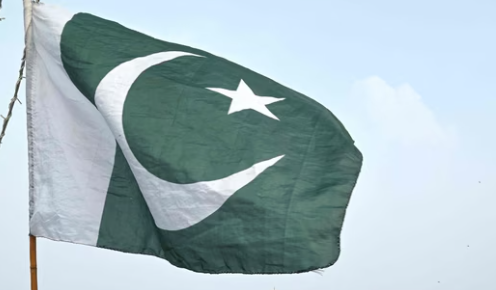Pakistan is abuzz with optimism following the announcement of a massive oil discovery in the Sindh province. This groundbreaking find, which experts believe could hold one of the largest oil reserves in the region, has ignited hopes for an economic revival in a country that has long struggled with energy shortages and fiscal challenges.
The discovery was made by a consortium of local and international energy companies operating in the region. Initial estimates suggest that the reserves could produce millions of barrels of oil, potentially transforming Pakistan into a significant player in the global energy market. This comes at a critical time for Pakistan, as the country continues to grapple with a widening trade deficit, a depreciating currency, and mounting external debt.
Energy experts have lauded the discovery as a potential game-changer for Pakistan’s economy. If successfully developed, these reserves could reduce the country’s reliance on expensive oil imports, stabilize fuel prices, and provide much-needed revenue to the national coffers. This could also lead to job creation, infrastructure development, and a boost to related industries, such as refining and petrochemicals.
The government has expressed its commitment to fast-tracking the development of these reserves. In a statement, the Ministry of Energy highlighted the strategic importance of the discovery and assured that necessary steps would be taken to ensure its swift and efficient exploitation.
However, experts caution that the road to fully realizing the benefits of this discovery will require substantial investment in infrastructure, technology, and skilled labour. They also stress the importance of addressing regulatory and political challenges that have historically hindered the development of Pakistan’s energy sector.
As the nation awaits further details and developments, the discovery has undoubtedly injected a renewed sense of hope and anticipation among Pakistanis. If managed well, this oil find could herald a new era of economic stability and growth for the country.








 India
India












